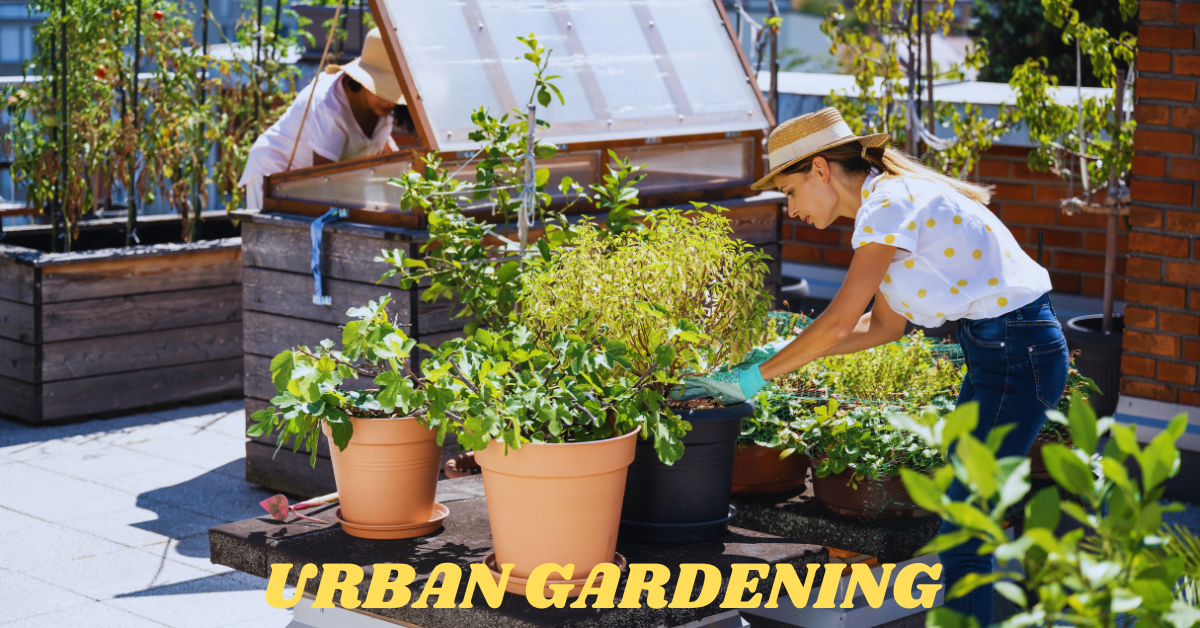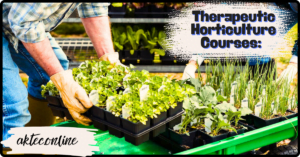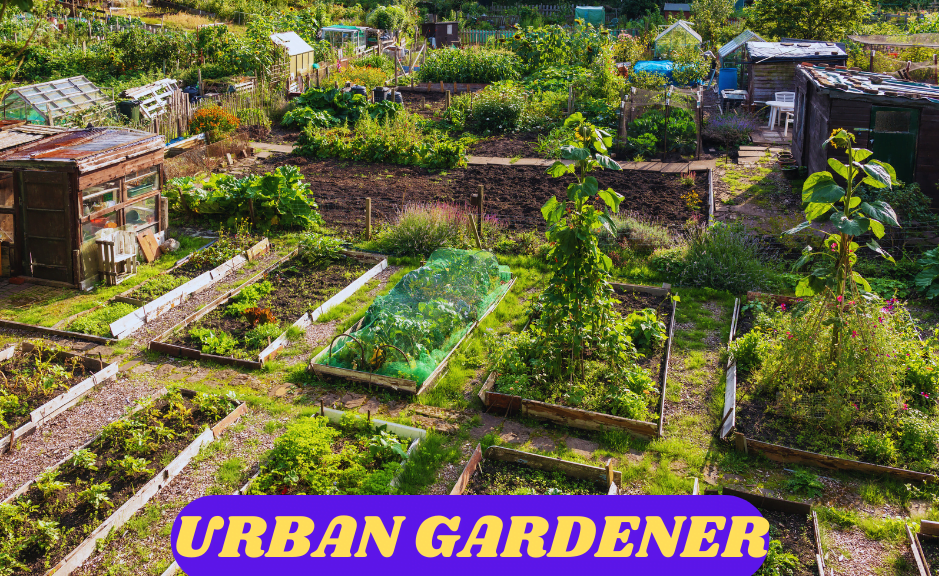
Grow fresh food in your city. Urban gardener raised garden beds, Easy, space-saving, delicious.
Introduction
Urban Gardener Raised Garden Bed
Cultivating Freshness in the City
The bustling city life doesn’t have to mean sacrificing the joys of gardening. Urban gardening is a fantastic way to connect with nature, grow fresh, healthy food, and beautify your surroundings, even with limited space. An urban gardener raised garden bed is the perfect solution for cultivating a thriving oasis right in your urban haven.
Benefits of Urban Gardener Raised Garden Beds
Raised garden beds offer numerous advantages for urban gardeners:
Improved Soil Quality
You control the soil composition, ensuring optimal drainage and nutrient content for your plants, unlike the often-compacted soil found in urban environments.
Enhanced Accessibility
Raised beds are easier to work with, reducing strain on your back and knees, making gardening a more enjoyable experience, especially for those with physical limitations.
Space Optimization
They maximize available gardening space, perfect for balconies, rooftops, or small yards, allowing you to cultivate a productive garden even within a limited footprint.
Pest and Weed Control
The physical barrier of the raised bed helps deter pests and weeds, minimizing the need for harsh chemicals and promoting organic gardening practices.
Extended Growing Season
Raised beds warm up faster in spring and retain heat better, potentially extending your growing season, allowing you to enjoy your harvest for a longer period.
Choosing the Right Urban Gardener
Raised Garden Bed
Selecting the right raised garden bed is crucial for your urban gardening success. Here are key factors to consider when choosing an urban gardener raised garden bed:
Materials
Wood, composite lumber, metal, and even cinder blocks are popular options. Each has its pros and cons regarding durability, cost, and aesthetics.
Wood: Natural, aesthetically pleasing, and readily available, but requires regular maintenance to prevent rot and insect damage.
Composite Lumber: Durable, low maintenance, and comes in various colors and textures, but often more expensive than wood.
Metal
Long-lasting and sturdy, but can heat up excessively in direct sunlight and may require additional insulation in colder climates.
Cinder Blocks: Affordable and readily available, but lack visual appeal and require mortar for stability, making them a less common choice for raised garden beds with a focus on aesthetics.
Size and Shape
Choose a size that fits your available space and gardening needs. Rectangular, square, and even L-shaped beds are common choices. Consider factors like the number of people you’re feeding and the types of plants you intend to grow.
Depth
Deeper beds (12-24 inches) are ideal for root vegetables and larger plants like tomatoes and peppers, while shallower beds (6-8 inches) work well for herbs and greens.
Pros and Cons of Different Raised Garden Bed Materials
Understanding the pros and cons of each material will help you make an informed decision for your urban gardener raised garden bed:
Setting Up Your Urban Gardener Raised Garden Bed
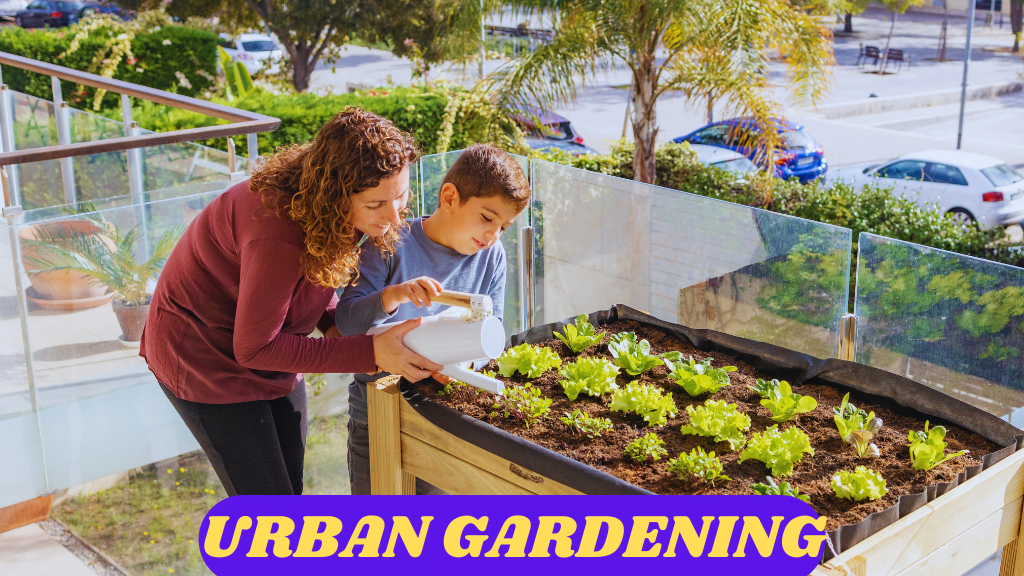
Preparing the Area
Choose a location with at least 6-8 hours of direct sunlight daily. This is crucial for optimal plant growth and photosynthesis.
Clear the area of debris, weeds, and any existing vegetation. Remove any rocks or large objects that could hinder drainage or bed construction.
Consider using a weed barrier to prevent unwanted growth from below. This will help suppress weeds that could compete with your plants for water and nutrients.
Soil Selection and Preparation
High-quality soil is essential for healthy plant growth. Opt for a well-draining potting mix specifically formulated for raised garden beds. You can also create your own mix by combining compost, garden soil, and sand in a ratio of 1:1:1. This will provide a good balance of drainage, aeration, and nutrient retention.
Planting Techniques and Tips for Urban Gardening
Direct Sowing
This method is suitable for small seeds like lettuce and carrots. Simply sow the seeds directly into the prepared soil at the recommended depth and spacing.
Transplanting
This is ideal for larger seedlings like tomatoes and peppers. Start the seeds indoors a few weeks before the last frost and transplant them outdoors once they have developed strong root systems.
Succession Planting
Plant crops with different maturity times throughout the season. This allows you to maximize yield and enjoy a continuous harvest. For example, plant radishes followed by lettuce in the same bed.
Companion Planting
Strategically pair certain plants to deter pests and encourage beneficial insects. For example, plant marigolds near tomatoes to repel harmful nematodes.
Maintaining and Maximizing Your Raised Garden Bed
Essential Care and Maintenance Practices
Watering
Water regularly, especially during hot weather, ensuring the soil stays consistently moist but not waterlogged. Overwatering can lead to root rot, so check the moisture level by sticking your finger into the soil.
Fertilizing
Apply organic fertilizer every few weeks during the growing season to replenish nutrients. Opt for natural fertilizers like compost tea or worm castings to nourish your plants without harming the environment.
Weeding
Regularly remove weeds that compete with your plants for water and nutrients. Handpicking is the most eco-friendly method, but you can also use organic weed control solutions like vinegar or boiling water.
Mulching:
Apply a layer of organic mulch around your plants to retain moisture, suppress weeds, and regulate soil temperature. Mulch can also add a decorative touch to your raised garden bed.
Pest and Weed Control Methods
While urban environments may offer fewer pest problems compared to rural areas, proactive measures are still essential:
Handpicking
Physically remove pests like insects and slugs whenever possible. This is a simple and effective way to control small infestations.
Insecticidal Soap
Use organic insecticidal soap for pest outbreaks. This is a natural and safe alternative to harsh chemical pesticides.
Companion Planting
Attract beneficial insects that prey on harmful pests. Ladybugs, for example, love to feast on aphids, a common garden pest.
Organic Weed Control
Apply natural weed control solutions like vinegar or boiling water. These methods are effective in controlling small weeds and are safer for the environment and your health.
Tips for Maximizing Yield and Extending the Growing Season
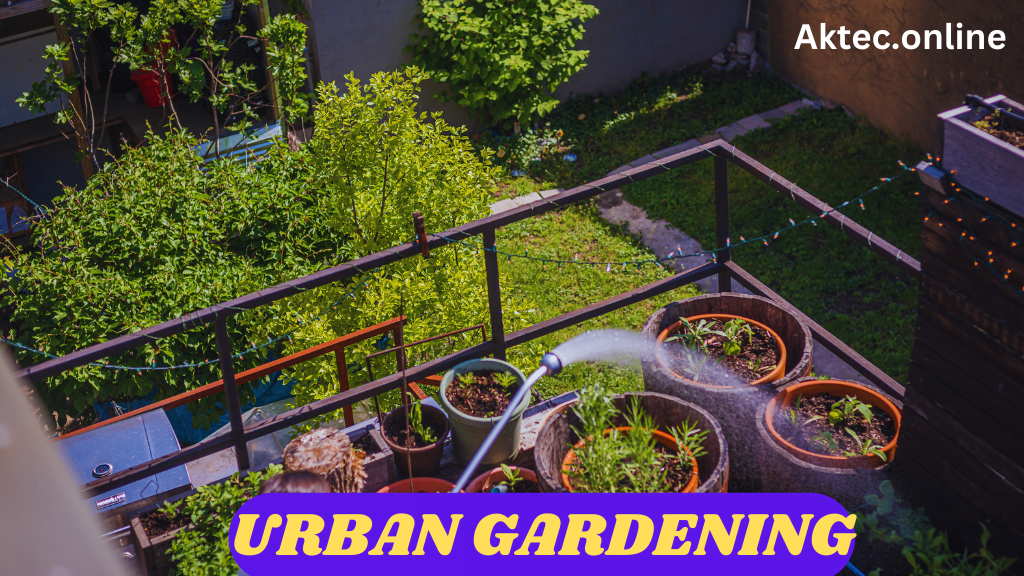
Crop Rotation
Rotate your crops each year to prevent soil depletion and pest buildup. This helps maintain soil health and reduces the risk of disease.
Start Seeds Indoors
Get a head start on the season by starting seeds indoors before transplanting outdoors. This is especially beneficial for crops with longer growing seasons like tomatoes and peppers.
Use Row Covers
Protect your plants from frost and extend the growing season with row covers. These lightweight structures create a mini greenhouse effect, allowing you to enjoy your harvest earlier in spring and later into fall.
Container Gardening
Supplement your raised garden bed with container gardening for additional growing space. This is a great way to grow herbs, small vegetables, and flowers, maximizing your urban gardening potential.
Conclusion
Urban gardener raised garden beds offer a fantastic way to cultivate fresh, healthy food and enjoy the benefits of gardening, even in urban environments. With careful planning, proper setup, and consistent maintenance, you can create a thriving raised garden bed and enjoy the rewards of your urban gardening journey.
Remember, gardening is a continuous learning process, so embrace the experience, experiment with different techniques, and enjoy the satisfaction of nurturing your own little piece of green oasis in the heart of the city.
FAQs
General
What is an urban gardener raised garden bed?
An urban gardener raised garden bed is a container filled with high-quality soil, elevated above ground level, specifically designed for cultivating plants in urban environments.
What are the benefits of using urban gardener raised garden beds?
They offer improved soil quality, better accessibility, space optimization, easier pest and weed control, and potentially extended growing seasons.
Is it possible to have a successful garden in a city?
Absolutely. Urban gardener raised garden beds are a fantastic solution for growing fresh, healthy food even with limited space.
Choosing and Setting Up Your Bed:
What are the different materials used for raised garden beds?
Wood, composite lumber, metal, and cinder blocks are popular options, each with its own pros and cons regarding durability, cost, and aesthetics.
What size and depth should my raised garden bed be?
Choose a size that fits your available space and gardening needs. Deeper beds (12-24 inches) are ideal for root vegetables, while shallower beds (6-8 inches) work well for herbs and greens.
How do I prepare the area for my raised garden bed?
Choose a sunny location, clear debris and weeds, and consider using a weed barrier to prevent unwanted growth.
What type of soil should I use in my raised garden bed?
Opt for a well-draining potting mix specifically formulated for raised garden beds, or create your own mix with compost, garden soil, and sand.
Planting and Maintenance
What are some planting techniques for urban gardening?
Direct sowing for small seeds, transplanting for larger seedlings, succession planting for continuous harvest, and companion planting to deter pests are common practices.
How do I care for my urban gardener raised garden bed?
Regular watering, fertilizing, weeding, and mulching are essential for optimal plant growth.
How can I control pests and weeds in my raised garden bed?
Handpicking, organic insecticidal soap, companion planting, and natural weed control methods are effective solutions.
Maximizing Yield and Extending the Season
What is crop rotation and why is it important?
Rotating crops helps prevent soil depletion and pest buildup, maintaining soil health.
Can I start seeds indoors before transplanting to my raised garden bed?
Yes, this is a great way to get a head start on the season, especially for crops with longer growing periods.
How can I extend my growing season?
Use row covers to protect plants from frost and create a mini greenhouse effect.
Can I supplement my raised garden bed with container gardening?
Absolutely. This is a great way to maximize your urban gardening potential and grow additional plants.
